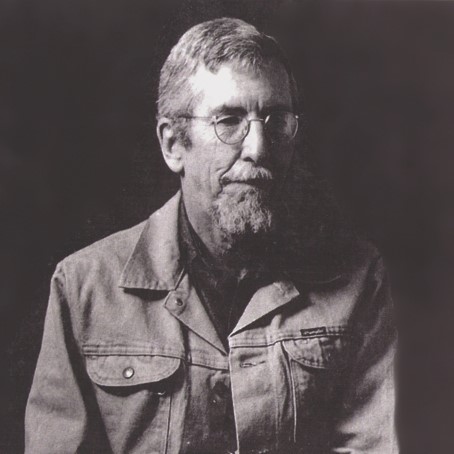Individuals Can Resist Injustice, but Only in Community Can We Do Justice
“As a faith practice, sanctuary brings back into focus our community’s covenant to serve the Peaceable Kingdom. First, sanctuary cannot be reduced to or dismissed as a matter of individual conscience. An individual may provide refuge to the violated and may even prophesy, but only a congregation can gather as a church and enter into the communion that is sanctuary. Second, the practice of sanctuary fuses the concerns that are separate and even competing issues when relegated to the faith practice of individuals.
Asking not ‘what can I do?’ but ‘what can we do?’ we open the way for each individual offering to be incorporated into a cathedral of love and service that our life as people builds for the Kingdom in human history. Third, individuals can resist injustice, but only in community can we do justice. When the corporate guidance of the gathered meeting leads to corporate rather than individual practice, it can make the difference between socially sterile gestures of individual protest and socially creative community breakthroughs toward a peacemaking way of life.”
— Jim Corbett, 1986 (source)
Quaker refugee rights activist and rancher

Today’s Invitation
How could you lean on community to do justice rather than resist injustice on your own?
This Week’s Query
How have you seen Quaker faith and process meet the challenges of our time?
If the world could learn one thing from Quakers, what would it be? How would that change the world?
Banner art by Maggie Fiori
Author
-

James A. "Jim" Corbett (October 8, 1933 – August 2, 2001) was an American rancher, writer, Quaker, philosopher, human rights activist, and a co-founder of the Sanctuary movement. The Sanctuary movement involved over 500 congregations, and helped hundreds if not thousands of refugees find freedom in the U.S.
View all posts


